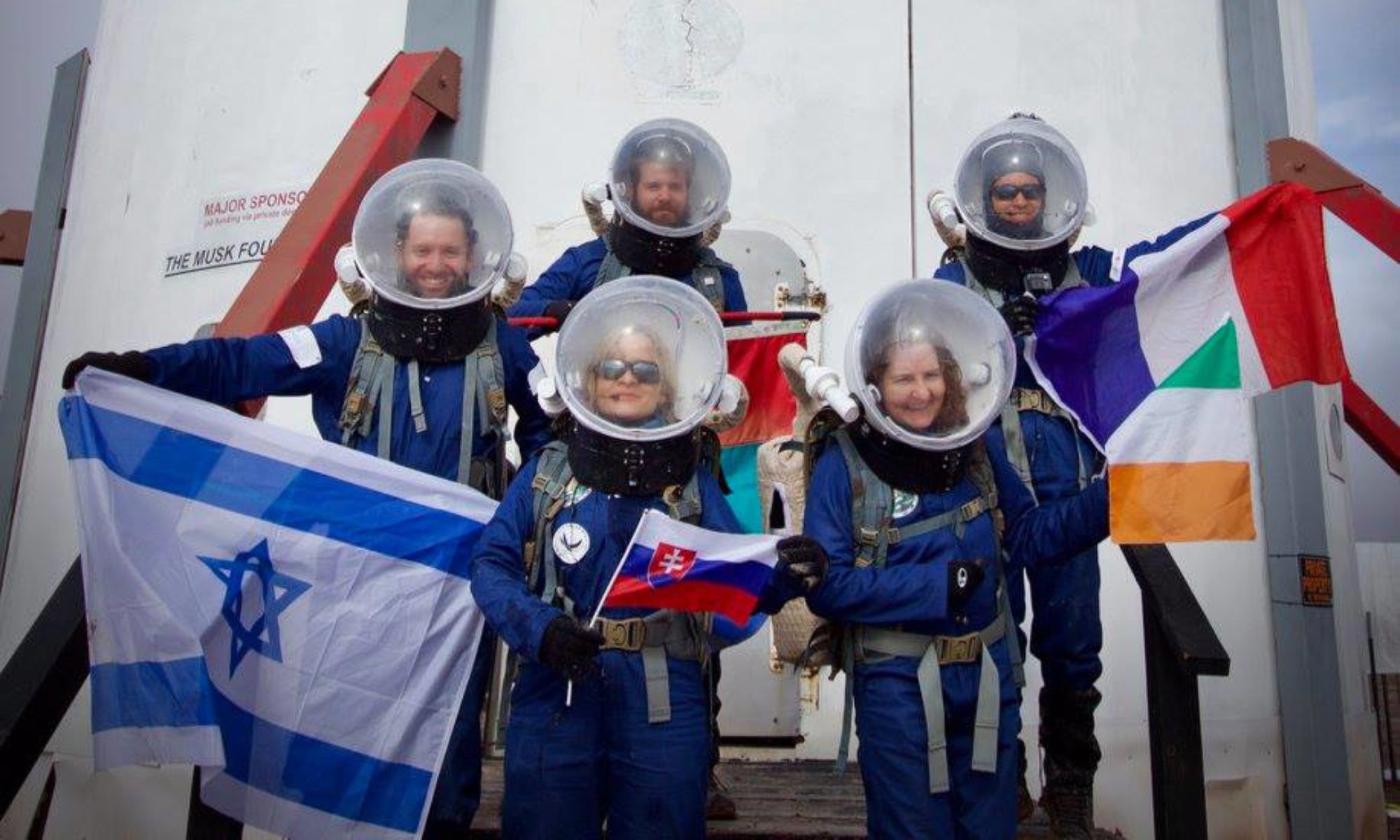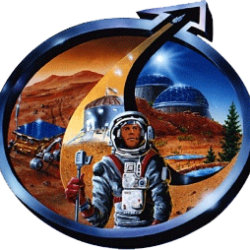Crew 265 Journalist Report, April 26, 2022
Sol: 02
Summary Title: A Walk to Remember.
Author: Sarah Treadwell, Crew Journalist
After another restless night’s sleep for this crew journalist, I awoke to the comforting smell of coffee brewing and the bustling of my fellow crew members preparing their breakfasts.
The day was off to a strong start, as our Commander Marc, Engineer Sergii, and Mapping Technicians Benny and Isai were scheduled for the very first EVA. This one was an important one, as they planned to hike to a nearby ridge to set up a new radio transmitter. This is a crucial first stage in our overall mission, which is to improve the communications systems for the station.
The energy was high as they left, with myself and Executive Officer Dave staying behind to act as CapCom (or as we call it, HabCom). However, upon return, the look of pure exhaustion was evident on their faces. Shortly after removing his helmet, Commander Marc exclaimed, “That was one of the hardest EVAs I’ve ever been on.”
The climb, while also carrying equipment, was strenuous and pushed all involved to their limits. The question soon became, was this first EVA worth the effort? Will the new transmitter access radio dead zones that the previous system has not? This question was soon to be answered with EVA number 2, consisting of myself, Executive Office Dave, and a, fairly exhausted, but still willing to go Engineer Sergii.
After we traveled around to different distant points, it seems clear that there is much promise for this new system, but some hiccups to work out. I personally enjoyed seeing the various rock formations and obvious evidence of water erosion in the canyon we walked around in. Further fine-tuning and testing of the radios will continue through the duration of the mission.
As we returned to the station and gathered back together for dinner, subtle reminders of home permeated our conversation. Some of us are still working on degrees and have studies to attend to and we talked about recent exams. We pondered how our choices have led us down paths we never expected while wondering how different our lives could have been having we picked a different route.
It’s a funny thing, wondering how much of our fates really are in our control. I have found that opportunities sometimes come when you least expect them and that other thing slips past us for the best. Our time here together at MDRS will certainly be a moment stamped in time. Hopefully, that will be a memorable part in the stories of our lives that we write.
“We as humans evolved as creatures who could learn to adapt to any situation, no matter how harsh. We will meet many setbacks on the way to Mars. However, we can persevere.” – Alex Mather, winner of the Name the Robot Essay contest to name the Mars 2020 Rover (Perseverance).

